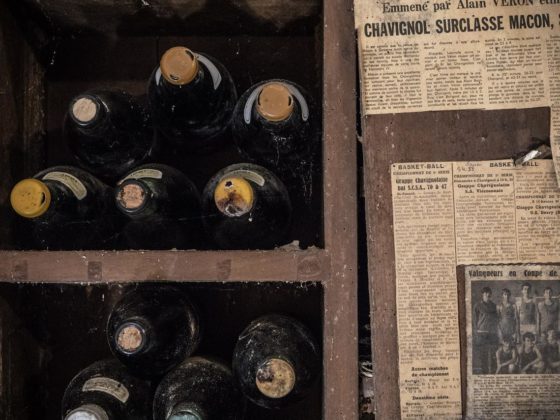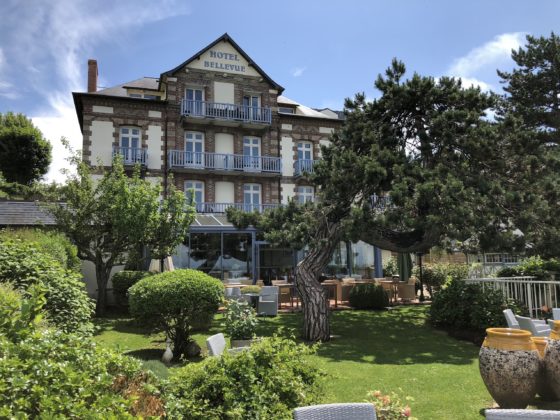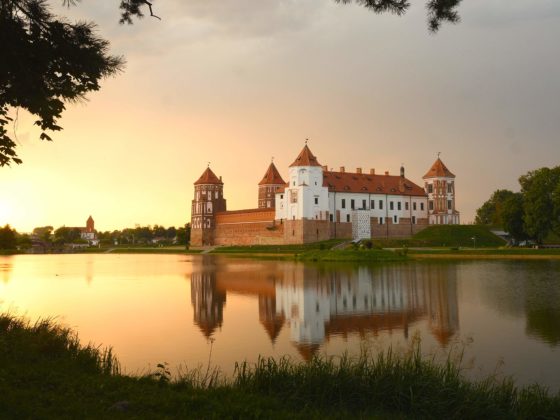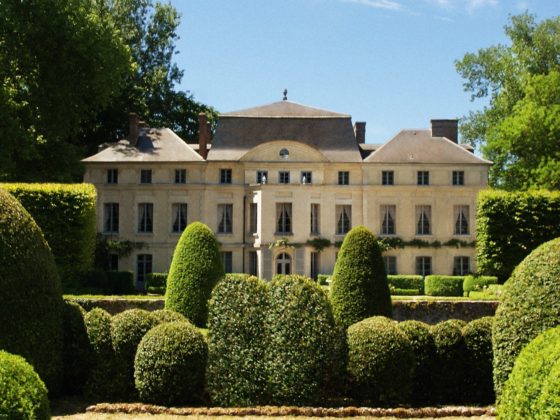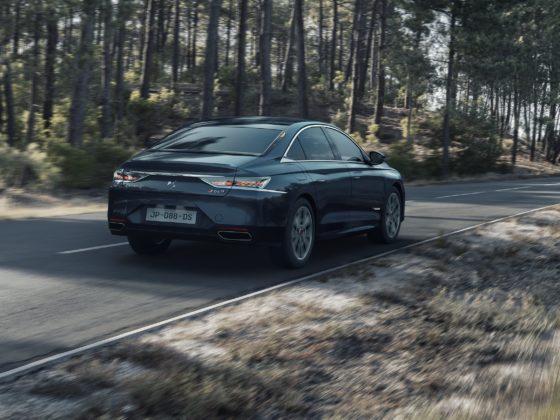In the north of Ecuador, a few kilometers from the imaginary line, we celebrate the solstice, Andean version, the Inti Raymi. An impressive festival that recalls the attachment of the population to its Inca origins.
By Dominique de La Tour (text and photos)
The noise has spread to the city: in the fountain, swimming is forbidden. Water table. Pollution. No ritual ablutions for the rites of Inti Raymi – the solstice festival of the Andes. Winter or summer solstice? On this Equator which cuts the earth in two at 22 km south of here, hard to decide. While Peru and the whole southern hemisphere celebrate the lengthening of the days on June 21 (yes: reversed seasons!), in Ecuador, day and night are 12 hours long all year long. A symbol. That of an egalitarian, perpetual and perfect time. No holy bath this year? Unthinkable.
The city is Otavalo. In the morning, I walked around the artisanal market. Weavings, leather, horn and resin objects: displays for tourists, and even if tourists, there are few, not the heavy insistence like Marrakech: here, we are shy. That’s why information is hard to come by. And that’s why we “let loose” for Inti Raymi.

For the short nights that I will spend here, I am the host of the Otavalo: Name easy to remember! Squatting in the raw brick of a beautiful colonial house, this boutique hotel is said to be the most pleasant in town. He’s at the center, anyway, and the staff, from the receptionist to the bartender, is scrambling to collect the word of mouth that flies from street to street on my behalf. The doorman hails me like a kid running to school: “¡Hola Señor! For the ritual bath, go to the waterfall; and tomorrow, don’t miss the cock ceremony!” For this scattered party, everything fits together like a puzzle. My 4X4 will not be idle. I’m filling up. Because in Inti Raymi, the pump attendant takes his vacations.

In marauding, I go through the villages of the valley overhung by a volcano. The musicians patrol, turning the circle at intervals, in one direction, in another, to the hypnotic rhythm of the novice guitars, the violin and the melodica – the mouth accordion fed by a long flexible tube. The melodies are repetitive, haunting. Listen to them once: they haunt you all your life. Sometimes, a family holds back the group, which then exhibits itself in the sound intimacy of the houses without furniture, or dances in front of the smaller ones. These tunes curry favor in the solar new year, and for that, there’s a fee: a roast chicken in its bucket of potatoes – or a pack of beer. The day was good: already our artists are staggering.
Short break at the hotel. At any chance, I return to the fountain. Steel barriers confirm: swimming is cancelled. But some individuals leave on the left, by the lanes, confirming the statements of the doorman: they go to the waterfall. In lines, they advance, play, holler, defying the motorists who dare not honk. The night is thick. In water bottles forming glass, candles tickle the air; braziers smoke in the humid air, stalls and their burning woks throw heat. As crosses are erected on church boards, women erect the heavy “castillos“on a scaffold. These “castles” are the Christmas tree of the region, triangles of wood loaded with pineapples, bananas, flasks of wine: offerings like on our spruce trees of Europe, which initially one decorates to obtain the favors of the year which lengthens. An old man blows a spiral horn, women whirl around. Suddenly, the assault: we rush to a house that has promised a meal. For everyone!

I track young people, guys with endless hair shining like crow’s wings. Using headlamps or the Led of their cell phones, they light up the descent, in rhythm, towards the flow of the torrent. Long swims in underwear under the cold waterfalls. Then we get dressed and warm up. We revive the melodies on the instruments soaked by the heavy breaths of the water; and then, proud of their very physical exploit, they withdraw, sweating, towards the city center.
The night stretches on the last bales of the market that has packed up. The crowd, in packets, turns and turns. Under the spell of melodicas, violins and charangos, these Peruvian bouzoukis carved in cougourds. Rounds of alpaca hats and inverted caps. Costumes: Zorro, Bin Laden, Scream or evil clown masks. A carnival where everyone puts on their fantasy. Songs. Naïves. Paillards. We drink dry.
The next day, I walk around a fair in the area. I buy some trinkets that will fund the associations. The old men joke with me, ask for pictures and pose showing their best incaic profile. It is in this village that the most fundamentalist version of Inti Raymi is being prepared for this night. The Marxist-religious ideology of the Shining Path has contaminated all the Andes, and practicing this religion is above all a sign of pride against the order instituted by the harsh Spanish conquest. For Inti Raymi, the St. John’s mass recovers the festival: new ponchos, cups of green and pink jelly await the children trembling.

A footbridge over the Pan-American Highway: underneath, in a grassy amphitheater, the famous “Rooster Festival” unfolds its rites. The crowd is huge. Stuck in the traffic jam, hundreds of cars, took the option to watch. And I plunge into the joyful melee of the men who carry, in pairs, on poles, garlands of still living chickens that sway, like medieval tormentors. Women in costume walk around, cock in hand, like a hawk. Crystal clear, the aguardiente, is drawn from buckets and distributed in full cups.
It is getting late and I continue. Even more in exile from the city. Under the cover of darkness, I mingled with the crowd that spits out breath as thick as cold chocolate. Under the cover of darkness, I mingled with the crowd that spits out a breath as thick as cold chocolate. Drum, kena (flute), poutoutou (conch): the orchestration is that of the Incas. Finally, we go down a winding path. Miles in the dark. How much? I don’t know. Finally, one forks to the left, crushing the undergrowth: the crowd already makes circle as for a forbidden sabbath. The shaman is there, camped at the edge of the spring: a colossus in guerrilla fatigues. Greeted by the roar of the conch shell sounded by a ringer. The almost naked young people sink into the water, even some rare girls in bras. Previously, on each pilgrim, the shaman blew a cloud like a sprayer… water or water of life? Swept by the beams of a thousand cell phones as if by flak fire, the air seems to wring out the songs, the hints of hooch, of the first dews, of the acrid fires that the children have lit for a bivouac Speaking Quechua, the language of their Inca ancestors, they fire the embers that heat the bodies in the middle of the grass all crunchy with dew.
I come back the next day. For the final act, like that of a bullfight. The costumes are more limited: men as pirates or pistoleros, with black pyramid hats and llama skin overpants; women in white dresses of Andean tradition, and sometimes with the Stetson, fringed jackets of cow girls. This is the most impressive part of the festivities. At the signal of the wooden fifes, the men start marching, frontally, in boots, in ranks, like an eighteenth-century army that the clerks animate with whips. Not a single woman. The dust is suffocating, even the most macho ones raise the scarf to the nose. At each break, a dominant voice decrees: foreigners and women have no place in the procession! On the other hand, hundreds of boys are in the procession, copying their elders by whipping the stragglers. I will walk for a long time before reaching the central square. The one in Cotacachi – the neighboring town famous for its leather. The police are waiting. In riot gear. A medal of the Blessed Virgin sometimes completes the protection.

Suddenly, from an opposite street, another crowd bursts in. A rival village. The square is invaded by rows of men, galvanized by the miles of marching in step. Everyone is shouting. The forces of order contain this sea all in force and rage. Suddenly, two enemy clan leaders see each other. The police freeze. The two companions approach each other defiantly, then touch hands with a knowing smile: this year, there will be no brawls. There will be no death. The celebrations of Inti Raymi take place between June 18th and 24th of each year.



